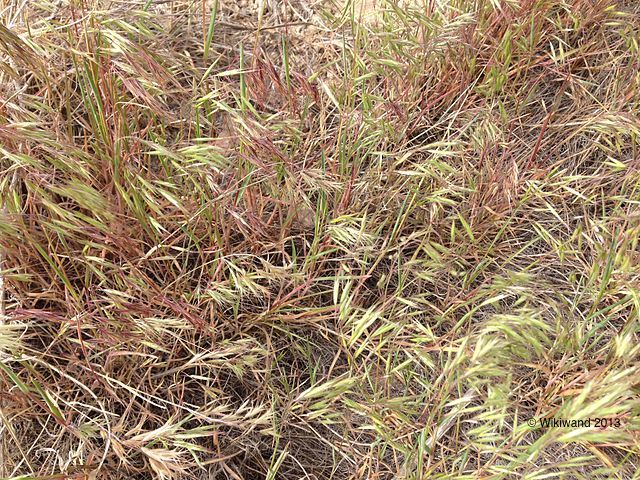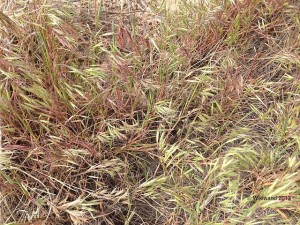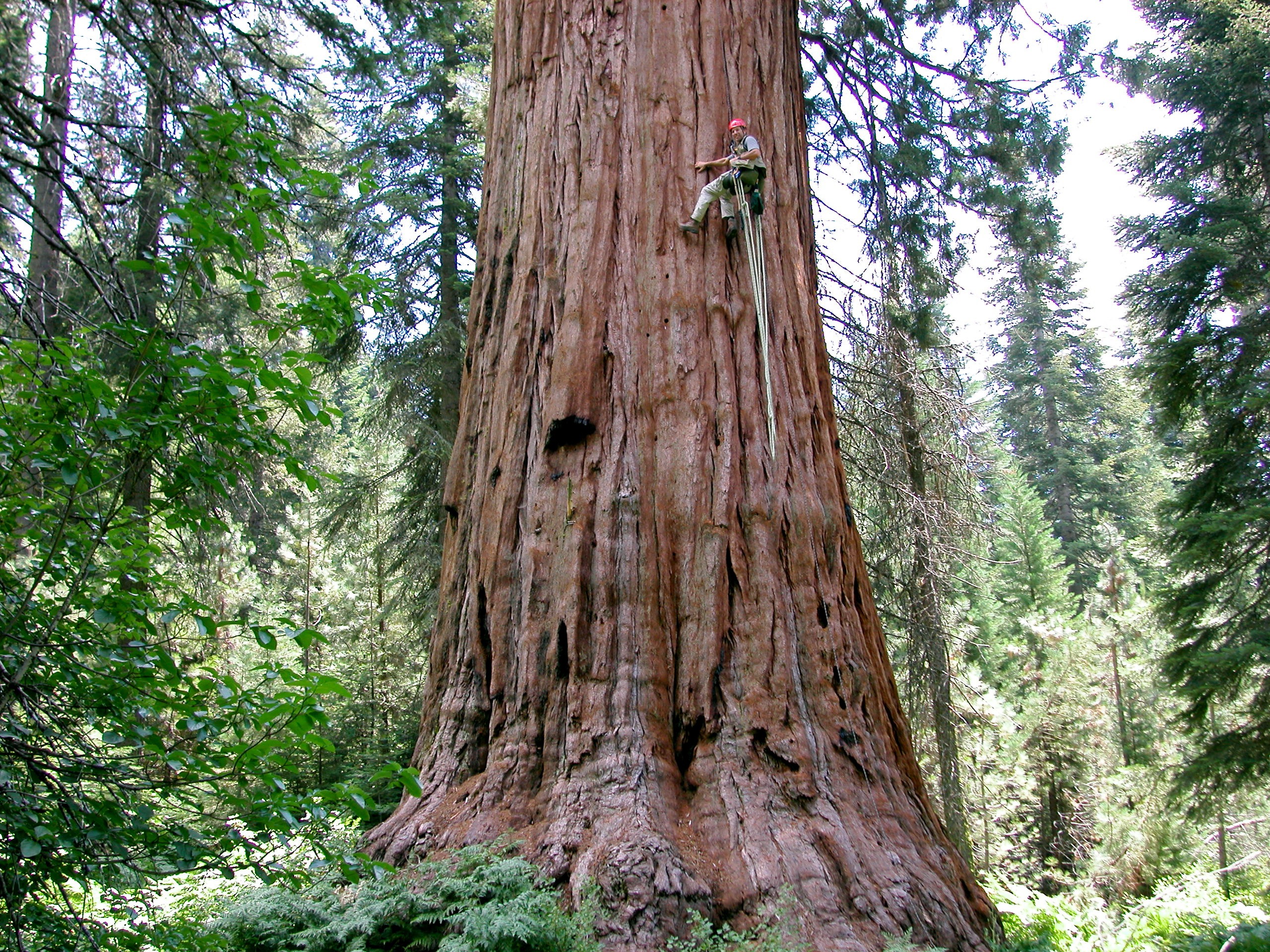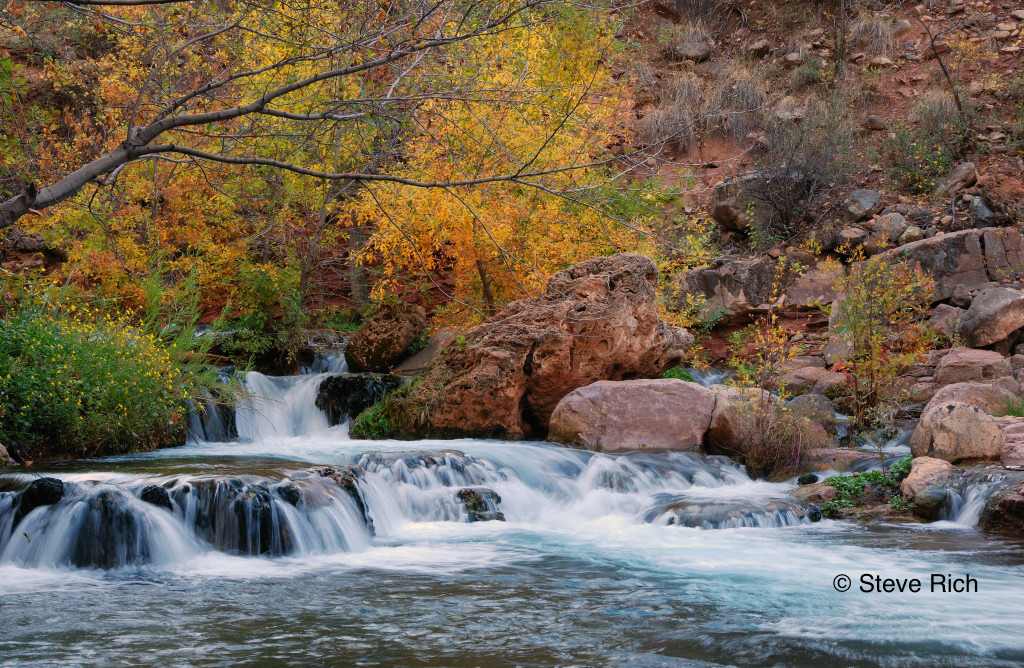Soil Microbial Legacies of Invasive Species


Cheatgrass
Invasive plants like cheatgrass have huge and costly effects on ecosystems. Restoring native plants to areas invaded by cheatgrass is challenging, and one explanation for poor seedling establishment is the absence of beneficial soil microbes. Ecoss is testing the idea that restoring microbial communities promotes ecosystem recovery and the re-establishment of native plants.
Details
Invasive plants can establish and take over plant communities, causing a long-term absence of host plants. We postulate that this long-term absence causes the abundance of beneficial rhizosphere microbes to decline. These microbes include mycorrhizal fungi, but also many bacterial species. We propose that when these microbes are reintroduced in the cheatgrass-invaded areas, seedling establishment will be improved. Specifically, this project will
– characterize the microbial community composition and function associated with roots of sagebrush (Artemisia tridentata), squirreltail (Elymus elymoides), and cheatgrass (Bromus tectorum) in pristine and cheatgrass-invaded sagebrush habitat across a wide geographical region (DOD locations).
– test whether restoring the rhizosphere community and functions of sagebrush and squirreltail seedlings in cheatgrass-invaded areas improves its establishment, growth, and survival.
This research is being conducted by Paul Dijkstra.
Related publications
Weber CF, Zak DR, Hungate BA, Jackson RB, Vilgalys R, Evans RD, Schadt CW, Megonigal JP, and Kuske CR, 2011. Responses of soil cellulolytic fungal communities to elevated atmospheric CO2 are complex and variable across five ecosystems. Environmental Microbiology 13:2778-2793
Dunbar J, Eichorst SA, Gallegos-Graves LV, Silva S, Xie G, Evans RD, Hungate BA, Jackson RB, Megonigal JP, Schadt CW, Vilgalys R, Zak DR, Kuske CR, 2012. Common bacterial responses in six ecosystems exposed to ten years of elevated atmospheric carbon dioxide. Environmental Microbiology 14:1145-1158 doi:10.1111/j.1462-2920.2011.02695.x
Grants supporting this work
Department of Defense, SERDP: Role of the soil microbial community in sagebrush (Artemisia tridentata) and squirreltail (Elymus elymoides) seedling establishment in cheatgrass-invaded habitats. $1,491,000, 1/13


